Are you aware of the risks associated with personal cheque use? Cheque fraud and theft can lead to financial loss, potential fees, and complications in various contracts. This post will outline essential tips to help you understand these risks, implement secure handling practices, and monitor your bank account for irregularities. By engaging with these tips, you’ll gain crucial insights into protecting your personal cheques, helping safeguard your finances against scams and unauthorized access. Don’t let the fear of cheque fraud compromise your financial security.
Understanding the Risks of Personal Cheques
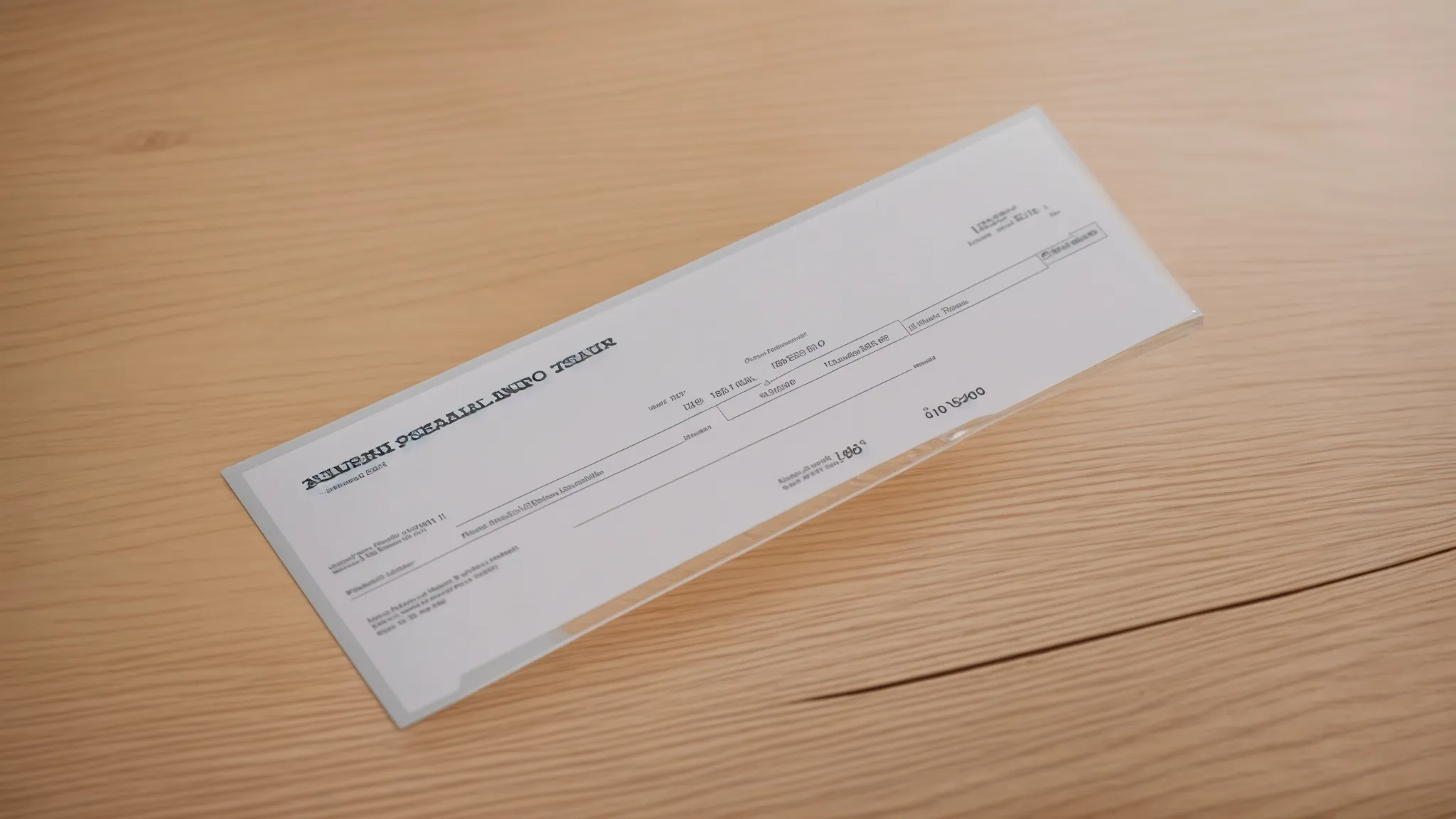
Personal cheques can expose customers to various risks, especially if proper precautions are not taken. One major concern is identity theft, where unauthorized individuals can access personal information and misuse it for fraudulent purposes. It is essential for customers to remain vigilant and safeguard their cheque information to prevent such incidents.
Another significant risk involves the possibility of cheque fraud. This may occur when individuals alter or forge cheques to divert funds. Customers should regularly monitor their bank statements and promptly report fraud if anything unusual occurs, ensuring swift action to mitigate potential losses.
In the context of employment, many businesses still rely on personal cheques for payroll. This method can pose risks if personal details, such as Social Security numbers, are included on the cheque. Employers should use secure payroll systems and consider direct deposit options to enhance employee security while minimizing cheque-related risks.
Lastly, customer service plays a crucial role in solving cheque-related issues. Customers should have access to responsive support teams who can assist with reporting fraud and addressing concerns. Engaging with reliable customer service can provide reassurance, ensuring customers feel supported and educated about how to protect their personal cheques effectively.
The threats tied to personal cheques loom large, yet solutions exist to safeguard against them. Now, let’s explore effective practices that ensure secure handling of these vital documents.
Implementing Secure Handling Practices
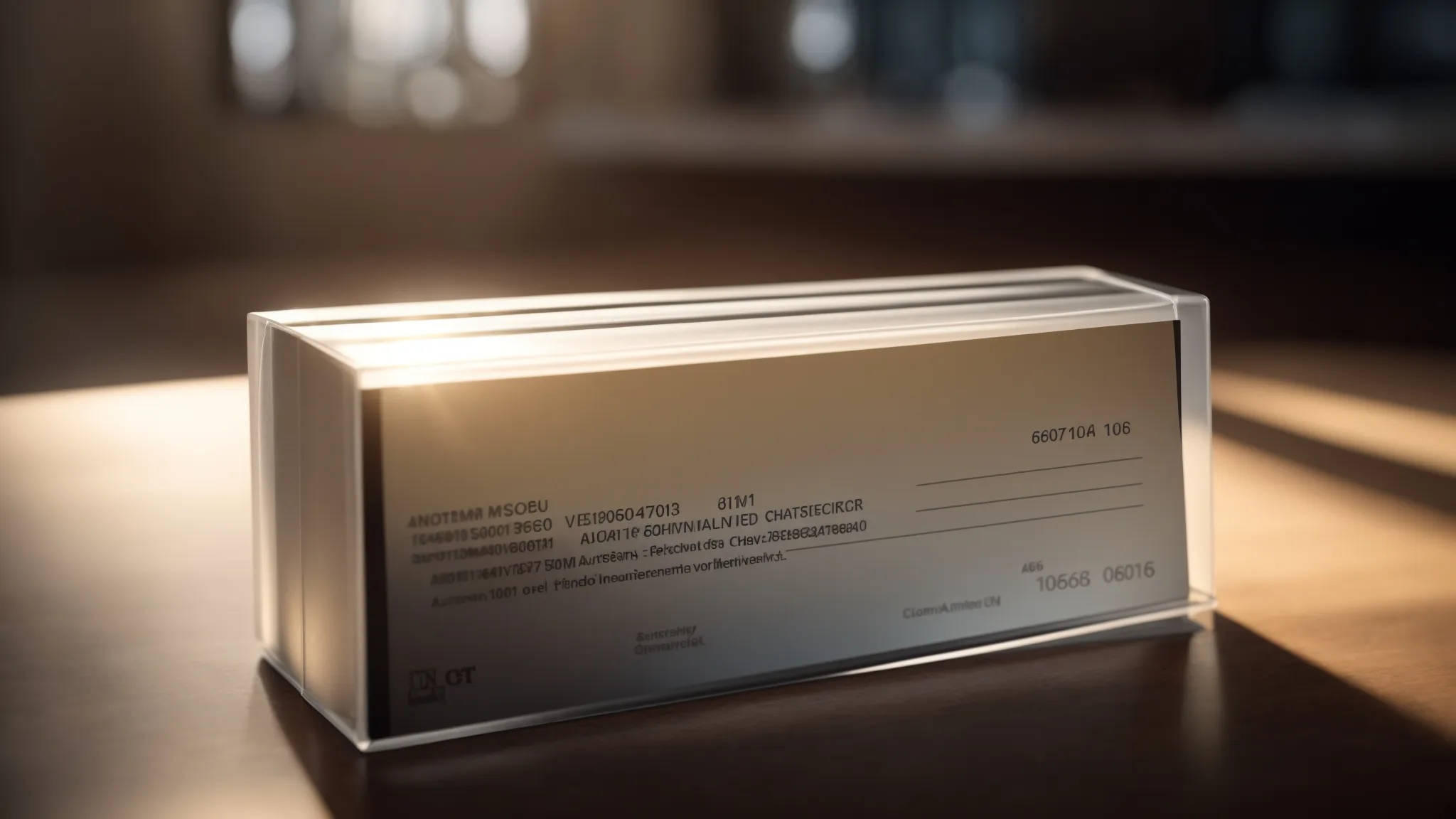
Storing personal cheques securely is crucial for preventing misuse. Keeping cheques in a safe location minimizes the risk of theft, while avoiding exposed bags or wallets adds an extra layer of protection. Additionally, using protective covers or cases prevents physical damage, ensuring that information such as social security numbers remains safe. These practices offer vital steps towards safeguarding financial documents whether for reimbursement, cash transactions, or credit purposes.
Store Personal Cheques in a Safe Location
Storing personal checks in a secure location is imperative to protect against potential risks such as check fraud and counterfeit activities. Individuals should consider keeping their cheques in a locked drawer or a safe at home, away from prying eyes. By safeguarding these documents, customers can reduce their vulnerability to unauthorized access, which could lead to serious financial consequences involving their financial institution.
Furthermore, it is wise to avoid carrying personal checks in wallets or bags that are easily accessible. Instead, individuals can utilize a secure, designated space for their cheques to ensure they remain protected. In situations where cheques must be transported, opting for a secure envelope or a lockable pouch can provide an added layer of security—similar to how one would keep a debit card safe. These proactive measures help prevent unauthorized access and protect personal information effectively.
Avoid Carrying Cheques in Exposed Bags or Wallets
Avoiding the carrying of personal cheques in exposed bags or wallets is a critical step in preventing fraud and protecting sensitive information. It is advisable to use secure, hidden compartments or designated pouches. Such practices not only enhance security but also serve as an authentication method to ensure that important documents are not easily accessible to unauthorized individuals.
In today’s fast-paced environment, where mobile devices are commonly used for transactions, maintaining the privacy of personal cheques cannot be overlooked. Carrying cheques in protective, non-transparent holders minimizes the risk of theft or alteration. By taking these precautions, individuals can ensure that their financial transactions remain secure and that their personal information is safeguarded against potential risks.
Use Protective Covers or Cases to Prevent Physical Damage
Using protective covers or cases for personal cheques is vital in preventing physical damage. These cases not only shield cheques from tears, stains, and bending but also help maintain the integrity of sensitive information printed on them. For instance, a simple plastic cover can keep cheques safe from moisture and spills that may occur during transport, ensuring they remain in optimal condition until they are needed.
Moreover, investing in protective cases specifically designed for financial documents can significantly reduce the risk of fraud. These covers often feature secure closures that prevent unauthorized access, while also allowing the user to organize their cheques easily. By utilizing protective covers or cases, individuals can safeguard their personal cheques and ensure their financial transactions are secure and reliable.
Secure handling practices are the first step toward safeguarding assets. Next, it is vital to know how to protect personal cheques from those who would seek to misuse them.
Protecting Personal Cheques From Unauthorized Access
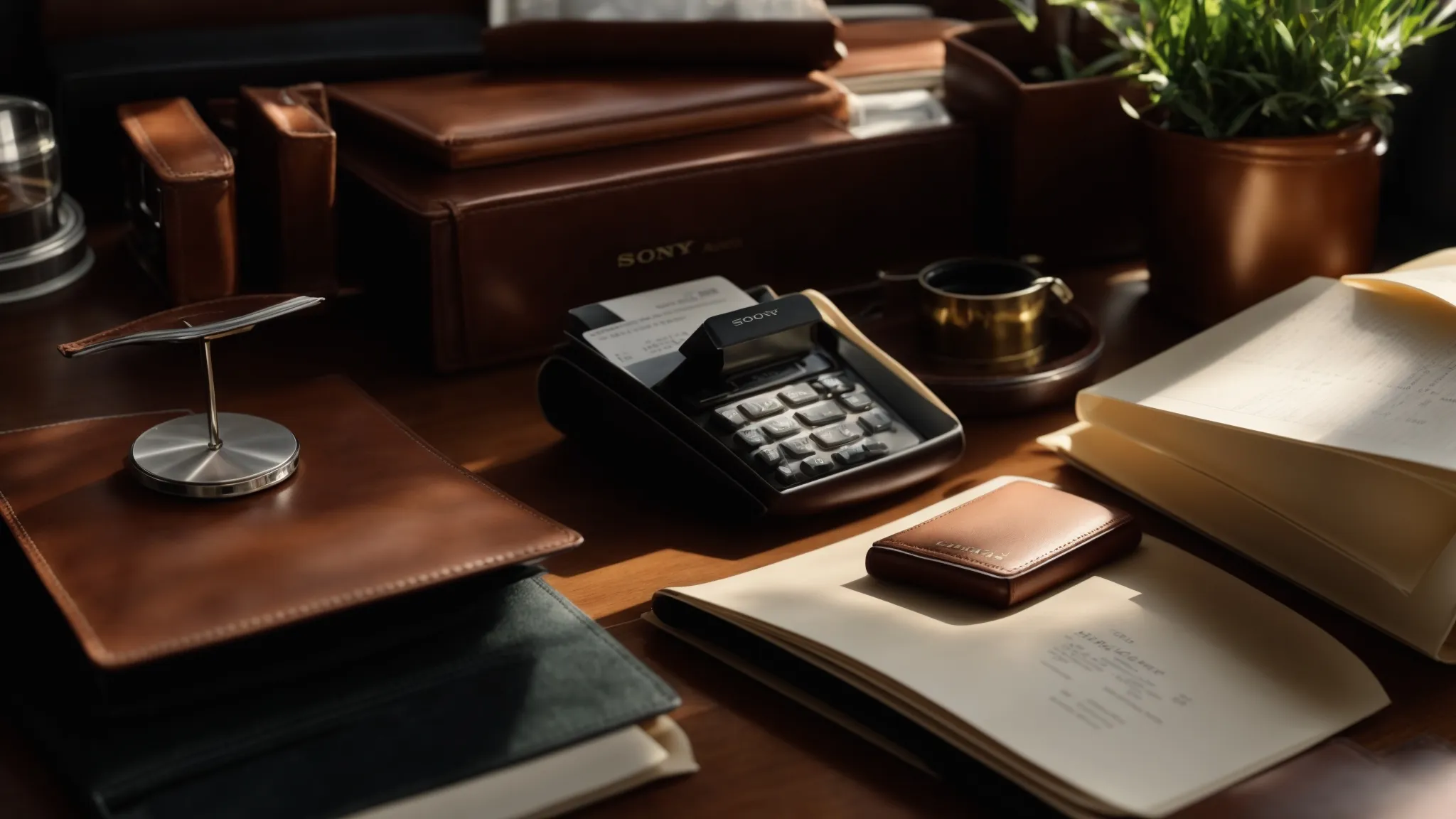
Choosing secure venues for writing cheques is essential in preventing unauthorized access to personal information. Limiting the number of cheques issued and regularly monitoring cheque stock for missing items further strengthens security measures. These practices ensure that personal cheques remain protected, reducing the risk of fraud and safeguarding financial transactions effectively.
Choose Secure Venues for Writing Cheques
When choosing a venue for writing cheques, individuals should opt for secure and private locations. It is advisable to avoid public spaces where unauthorized individuals may easily observe the transaction. Instead, using a dedicated workspace at home or in a secure office environment can greatly minimize the risk of exposing personal information while issuing cheques.
Moreover, ensuring that the writing of cheques takes place away from distractions further enhances security. Creating a designated area for managing financial documents helps maintain focus, allowing individuals to double-check all entered information for accuracy. By committing to these secure practices, individuals can significantly reduce the likelihood of unauthorized access to their personal cheques.
Limit the Number of Cheques Issued
Limiting the number of cheques issued is a practical approach to reducing the exposure to potential fraud. By issuing fewer cheques, individuals can track their transactions more effectively and minimize the chance of lost or stolen cheques that could be misused. This strategy not only enhances financial security but also simplifies record-keeping, fostering better financial management practices.
Furthermore, individuals can opt for electronic payment methods whenever possible, decreasing reliance on paper cheques. Transitioning to digital payments not only provides a secure and efficient alternative but also ensures that important financial information is protected from unauthorized access. By embracing these strategies, individuals can take valuable steps towards safeguarding their personal cheques and finances.
Regularly Monitor Your Cheque Stock for Missing Items
Regularly monitoring cheque stock is a critical practice for preventing unauthorized access and protecting personal cheques. By keeping track of the number of cheques issued and remaining in the inventory, individuals can quickly identify any irregularities or missing items that could indicate potential fraud. This simple yet effective strategy strengthens financial security and promotes responsible cheque management.
For added security, individuals should set a routine schedule for reviewing their cheque stock, ensuring that any discrepancies are addressed promptly. If any missing cheques are discovered, contacting the bank immediately can help mitigate risks associated with unauthorized transactions. Implementing this proactive approach not only safeguards personal finances but also fosters confidence in handling financial documents.
Even with protection in place, the risk of information leaks still lurks. It’s essential to focus on securing sensitive details that could fall into the wrong hands.
Ensuring Information Security on Personal Cheques
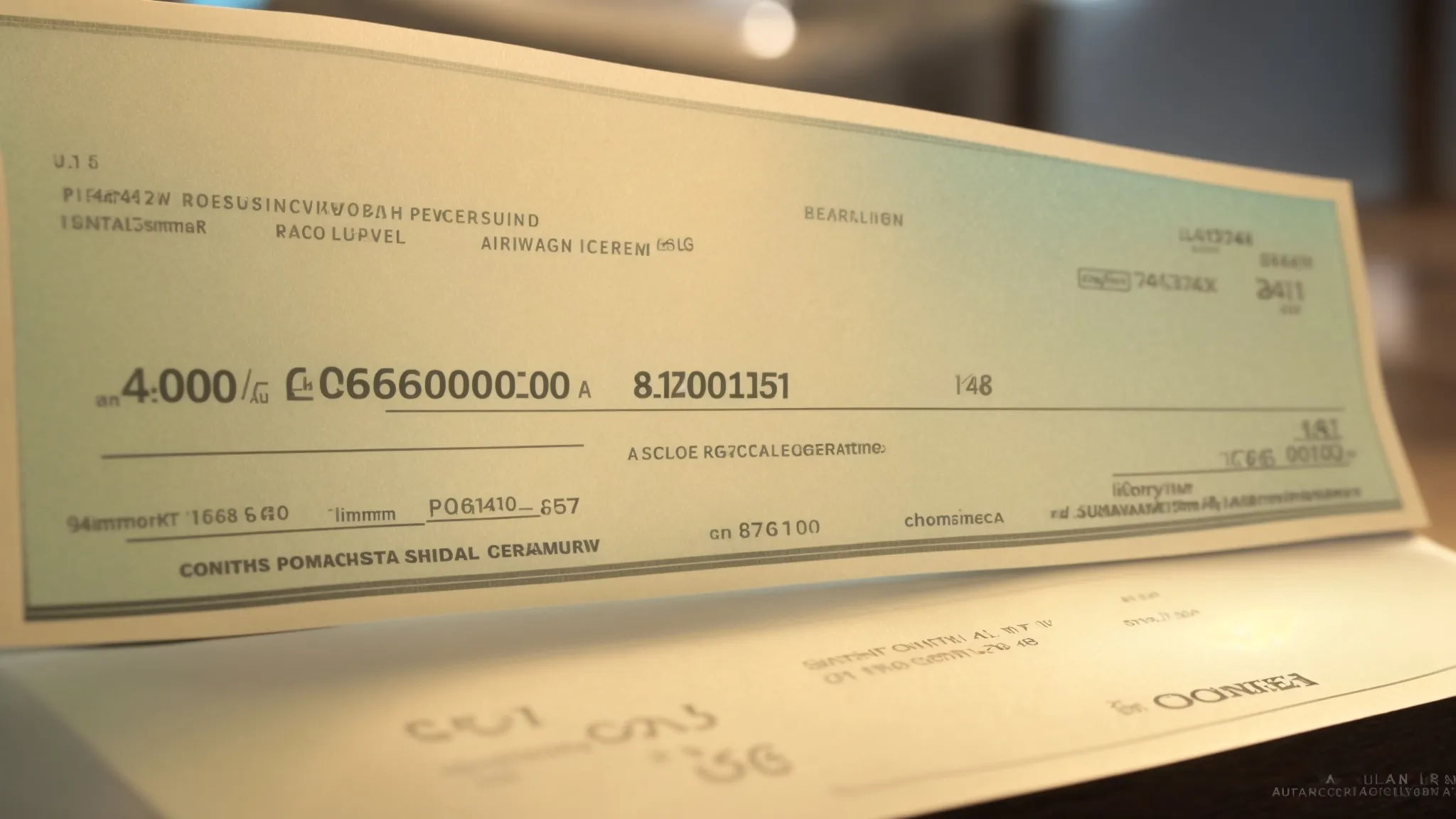
Employing effective security measures for personal cheques is vital to prevent unauthorized access. This section emphasizes the importance of using watermark paper or special ink for cheques to enhance security. It also highlights the risks of including sensitive information on cheques and suggests considering electronic payment alternatives to further protect personal financial data. Each of these strategies plays a critical role in safeguarding personal cheques effectively.
Use Watermark Paper or Special Ink for Cheques
Using watermark paper or special ink for cheques significantly enhances security against fraud and unauthorized access. Watermark paper contains recognizable designs that are hard to replicate, making it difficult for counterfeiters to produce fake cheques. Additionally, utilizing special ink that reacts to light can draw attention to the authenticity of the cheque, offering greater protection for both personal and business transactions.
Incorporating these advanced security measures provides peace of mind for individuals who regularly issue cheques. For example, a small business owner might implement watermark paper for payroll cheques to prevent alterations and maintain employee trust. By adopting these strategies, users can fortify their personal cheques against fraud while also safeguarding their sensitive information effectively.
Avoid Including Sensitive Information on Your Cheques
Avoiding the inclusion of sensitive information on personal cheques is crucial for enhancing security and protecting against fraud. Information such as Social Security numbers and bank account details should remain confidential, as they can be exploited by unauthorized individuals if exposed. By limiting the personal information printed on cheques, individuals reduce the risk of identity theft and ensure that their financial details are safeguarded during transactions.
Consider Electronic Alternatives for Payments
Considering electronic alternatives for payments can significantly enhance security for personal finances. Options like direct deposits and online transfers reduce the risks associated with physical cheques, such as loss, theft, or fraud. By opting for these secure payment methods, individuals can protect their sensitive information since there is no paper trail that can be easily intercepted or altered.
Furthermore, electronic payments provide a more efficient way to manage transactions, allowing for quicker processing times and better tracking of payments. For example, businesses can automate payroll through direct deposits, ensuring that employees receive their funds securely and promptly. Transitioning to electronic payment alternatives not only safeguards personal cheques but also streamlines financial operations, addressing the modern needs of individuals and businesses alike.
Even with sturdy measures in place, vigilance is key. A watchful eye on your bank account can reveal hidden threats and safeguard your hard-earned money.
Monitoring Your Bank Account for Irregularities

Setting up transaction alerts for cheque processing can greatly enhance security by notifying users of activity in real-time. Regularly reviewing bank statements for discrepancies allows individuals to quickly spot any unusual transactions. In the event of lost or stolen cheques, prompt reporting to the bank is crucial to protect personal finances. These practices are vital for safeguarding personal cheques effectively.
Set Up Transaction Alerts for Cheque Processing
Setting up transaction alerts for cheque processing is a proactive step towards enhancing security for personal finances. By enabling notifications from their bank, individuals can receive real-time updates on cheque transactions, allowing them to monitor for unauthorized activity immediately. This simple action helps ensure that any unusual transactions are addressed quickly, reducing the risk of financial loss.
For example, when a personal cheque is processed, the bank can send an alert via email or text message, confirming the transaction details. This transparency empowers individuals to stay informed about their financial activities and makes it easier to detect anomalies, such as unexpected cheque clearances. Implementing transaction alerts fosters greater control over cheque management and personal financial security.
Regularly Review Bank Statements for Discrepancies
Regularly reviewing bank statements is an essential practice for individuals looking to protect their personal cheques and overall financial security. By monitoring transactions closely, individuals can quickly identify any discrepancies, such as unauthorized cheque clearances or unexpected charges, which could indicate fraudulent activity. This proactive approach not only safeguards personal finances but also helps in maintaining a clear understanding of one’s financial situation.
Additionally, promptly reporting any discrepancies found during these reviews is crucial for minimizing potential losses. For instance, if an individual notices a cheque that has cleared without their approval, contacting the bank immediately can initiate an investigation and possibly prevent further unauthorized transactions. By establishing the habit of reviewing bank statements regularly, individuals reinforce their financial awareness and enhance the protection of their personal cheques against fraud and misuse.
Report Lost or Stolen Cheques Immediately
Reporting lost or stolen cheques immediately is a crucial step in protecting personal finances. When a cheque is missing, promptly notifying the bank helps to prevent unauthorized transactions and safeguard against financial loss. Customers should take swift action, providing their bank with details about the missing cheque, which can assist in tracking and halting its processing.
In practical terms, individuals should keep a record of their cheque numbers and amounts to facilitate quick reporting. If a cheque is lost while in transit or if it has not been received by the intended recipient, contacting the bank can lead to the cancellation of the cheque, further protecting the account from potential fraud. Being proactive in these situations can mitigate risks and help maintain financial security.
Keeping a close eye on your bank account is just the beginning. To truly safeguard your funds, learning about fraud protection is essential.
Educating Yourself on Fraud Protection

Understanding cheque fraud protection begins with familiarizing oneself with common tactics used by fraudsters. Staying informed about the latest security technologies can enhance one’s ability to combat these threats. Participating in workshops or webinars focused on financial security provides valuable insights and strategies. Each of these approaches is vital for securing personal finances and protecting valuable cheque information.
Familiarize Yourself With Common Cheque Fraud Tactics
Understanding common cheque fraud tactics is essential for protecting personal cheques. Many fraudsters may use techniques such as counterfeiting, where they replicate legitimate cheques to withdraw funds. By learning to recognize signs of such deceit — like unusual watermarking or mismatched colors — individuals can better protect themselves from falling victim to these scams.
Another prevalent tactic involves cheque alteration, where fraudsters modify details on a legitimate cheque to change the payee or amount. To mitigate this risk, customers should always verify their bank statements for any discrepancies and keep track of cheque numbers used for payments. Raising awareness about these tactics not only equips individuals with the knowledge to safeguard their financial information but also fosters a proactive approach to personal cheque security.
Stay Informed About the Latest Security Technologies
Staying informed about the latest security technologies is vital for anyone using personal cheques. Many advancements enhance cheque security, such as the use of watermark paper and specialized ink that prevents counterfeiting. By familiarizing themselves with these technologies, individuals can make informed decisions about their cheque printing and usage, significantly reducing the risk of fraud.
Moreover, engaging with reliable financial institutions that offer secure cheque products can provide added protection. Businesses and individuals should also consider attending workshops or resources that focus on financial security innovations. This proactive approach enables them to adopt the best practices and tools available, ensuring their personal cheques remain secure from unauthorized access and fraud.
Attend Workshops or Webinars on Financial Security
Attending workshops or webinars on financial security offers invaluable insights for individuals looking to protect their personal cheques. These sessions often cover essential topics such as identifying fraud tactics and understanding the latest security technologies available for cheque protection. Participants can benefit from expert-led discussions that provide practical examples and real-world scenarios, empowering them to recognize warning signs and take proactive measures against cheque-related fraud.
Furthermore, engaging in these educational opportunities builds a network of like-minded individuals who share similar concerns about financial security. By exchanging experiences and strategies with peers, attendees gain diverse perspectives on how to safeguard their finances effectively. This collaborative learning approach not only enhances knowledge but also fosters a supportive community dedicated to reinforcing best practices in securing personal cheques and personal information.
Knowledge is only part of the battle; it’s crucial to know how to act when fraud strikes. Understanding your next steps can make all the difference in protecting what matters most.
Responding to Cheque Fraud Incidents
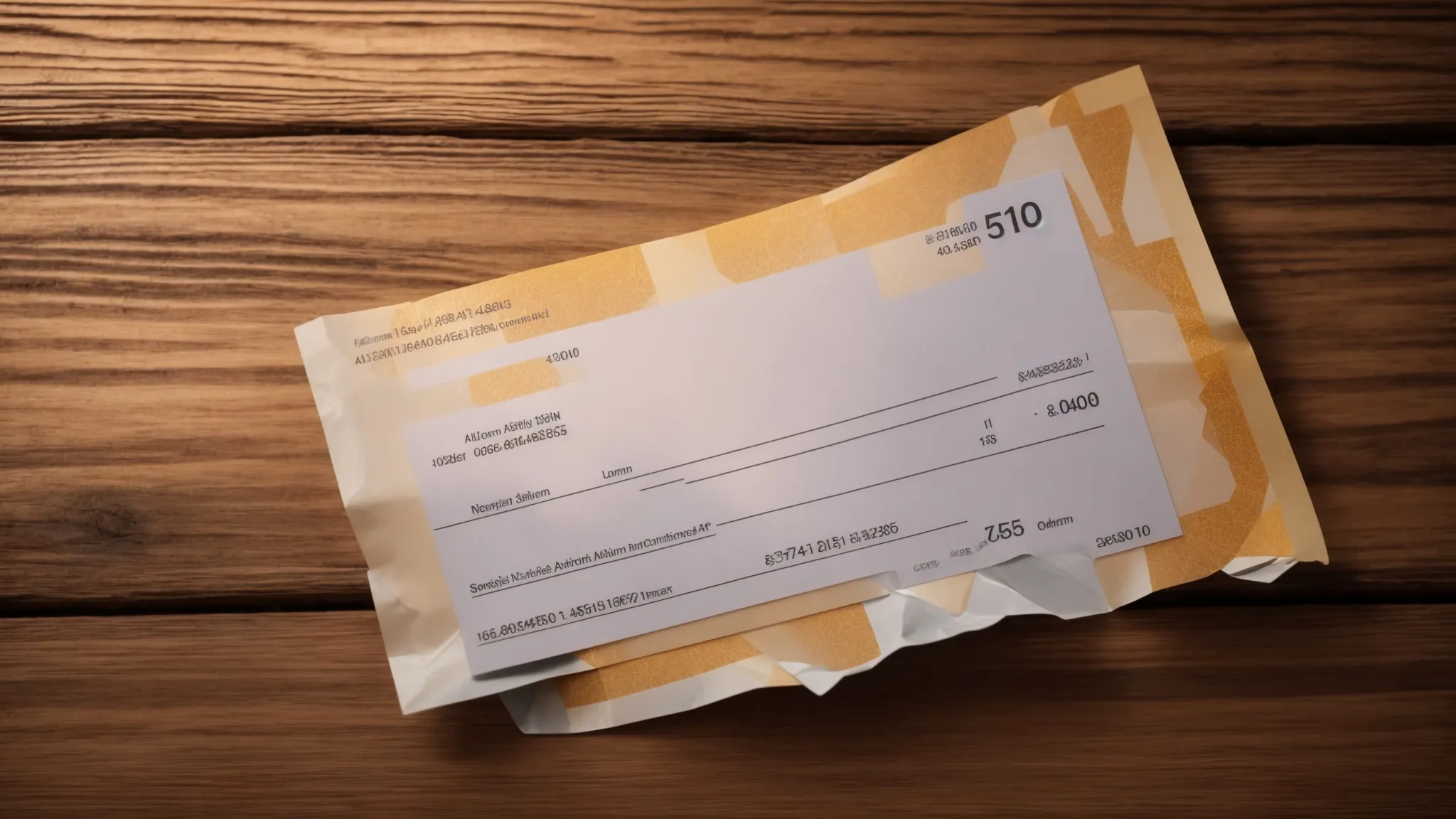
When a cheque is compromised, immediate action is essential. Individuals should be aware of the steps to take if they suspect fraud, including how to effectively communicate with their banks regarding fraudulent transactions. Additionally, understanding the legal considerations surrounding cheque fraud cases can provide clarity on potential repercussions. This section explores these critical topics to empower individuals in protecting their finances.
Steps to Take if a Cheque Is Compromised
If an individual suspects that a cheque has been compromised, taking swift action is paramount. The first step involves contacting the bank immediately to report the incident and request a stop payment on the cheque. This will help prevent any unauthorized transactions from occurring and safeguard personal finances from potential fraud.
After notifying the bank, it is essential to keep a detailed record of the transaction and provide any relevant information about the suspected fraud, such as cheque numbers and amounts. Monitoring the bank account closely for any unusual activity will enhance security and facilitate prompt reporting of any discrepancies that may arise. Following these steps can help mitigate the risks associated with cheque fraud and ensure financial integrity is maintained.
How to Work With Banks on Fraudulent Transactions
When dealing with fraudulent transactions involving cheques, individuals should act quickly by reaching out to their bank’s customer service. Providing detailed information, such as the cheque number, amount, and any unauthorized transactions, allows the bank to investigate the issue efficiently. Quick communication with the bank ensures that responsive measures are taken to safeguard personal finances and minimize potential losses.
After reporting the suspected fraud, individuals should monitor their bank accounts regularly for any further discrepancies. Staying vigilant can help detect additional unauthorized withdrawals that may arise from the same incident. Engaging in ongoing communication with the bank fosters a proactive approach, allowing customers to feel secure knowing they are actively managing their cheque transactions and fortifying their financial safety against future fraud.
Legal Considerations in Cheque Fraud Cases
Understanding the legal ramifications of cheque fraud is vital for individuals who may find themselves victims of such incidents. In Canada, the legal consequences can include potential criminal charges against the perpetrator, which may lead to penalties, restitution, or imprisonment. Victims should be aware of their rights, as reporting fraud promptly is essential in initiating investigations and possibly recovering lost funds.
Additionally, individuals should consult their financial institutions regarding any specific protocols for handling cheque fraud cases. Banks often provide guidance on legal actions that can be taken and documentation needed for reporting fraudulent transactions. Staying informed about these processes can empower victims to respond effectively, ensuring they have the necessary support in navigating the complexities of cheque fraud resolution.

